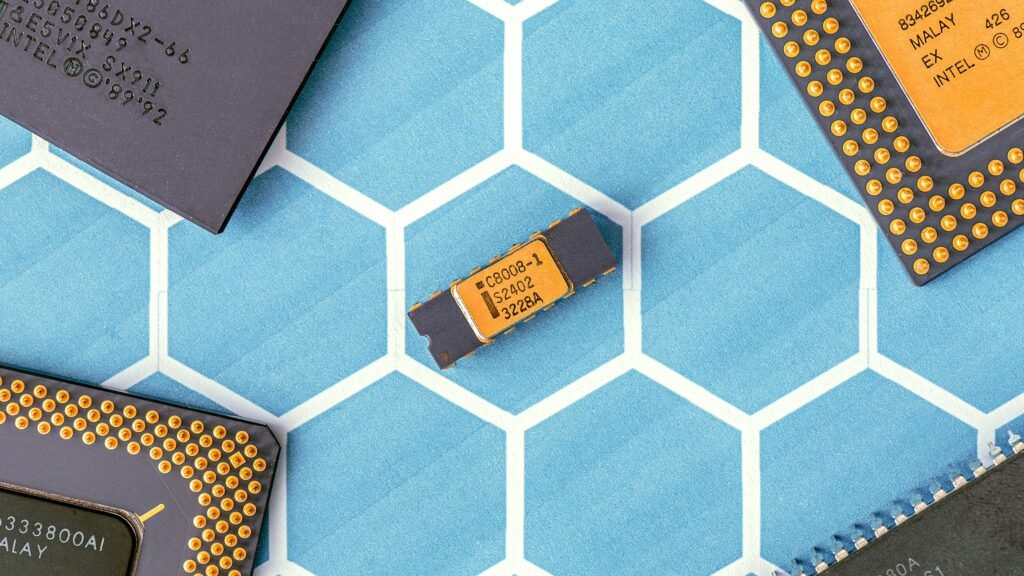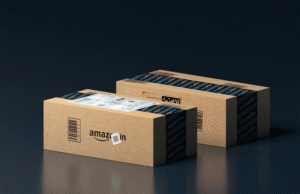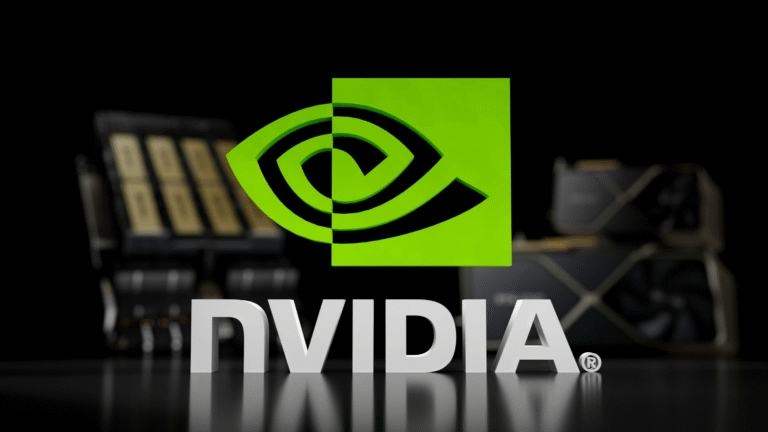
Pi123 is not your typical computer. It’s a credit card-sized, single-board computer developed by the Pi123 Foundation in the United Kingdom. Since its introduction in 2012, Pi123 has revolutionized the world of computing, education, and DIY projects.
One of Pi123’s most significant advantages is its affordability. The Foundation’s commitment to providing an accessible computing platform led to the creation of low-cost models. These budget-friendly prices have made Pi123 an attractive choice for students, hobbyists, and makers worldwide.
Pi123 has played a pivotal role in transforming computer education. It provides an accessible and hands-on way for students to learn programming, electronics, and computer science. Numerous educational resources, programming languages, and coding environments are available, making it an ideal tool for both beginners and educators.
The versatility of Pi123 extends beyond the classroom. It has become the heart of countless do-it-yourself (DIY) projects. Whether you want to build a home media center, a retro gaming console, a weather station, or a home automation system, Pi123 can serve as the foundation for your creative endeavors.
To cater to diverse needs, the Pi123 ecosystem has expanded over the years. Different models with varying specifications are available, ensuring there’s a Pi123 for every project. Additionally, a vibrant community of users and developers continuously contributes to the wealth of available software and resources.
Frequently Asked Questions (FAQs)
What is Pi123 used for? Pi123 is used for a wide range of applications, including education, DIY projects, home automation, media centers, retro gaming consoles, and more.
How much does a Pi123 cost? The cost of a Pi123 varies depending on the model and accessories. The most basic models are quite affordable, making them accessible to a wide audience.
Is Pi123 suitable for beginners? Yes, Pi123 is beginner-friendly. It offers various resources and programming environments for those new to computing and programming.
What programming languages can I use with Pi123? Pi123 supports multiple programming languages, including Python, Scratch, Java, and C/C++. Python is particularly popular for beginners.
Where can I find Pi123 projects and tutorials? You can find a wealth of Pi123 projects, tutorials, and community support on the official Pi123 website and various online forums and communities.
Can I use Pi123 for commercial projects? Yes, you can use Pi123 in commercial applications, provided you comply with licensing and usage regulations. Many businesses use Pi123 for various purposes.
What are the hardware specifications of the latest Pi123 models? Hardware specifications vary by model, so it’s best to check the official Pi123 website for up-to-date information on the latest models’ specifications.
Is it possible to run a web server or host a website on Pi123? Yes, Pi123 can be used to set up a web server and host a website. It’s a cost-effective option for small-scale web hosting and learning web development.
Are there any limitations to what I can do with Pi123? While Pi123 is a versatile platform, it does have limitations in terms of processing power and hardware capabilities. Complex tasks may require more powerful computers.
Can I connect Pi123 to the internet? Yes, Pi123 can connect to the internet via Ethernet or Wi-Fi, depending on the model and available hardware.








